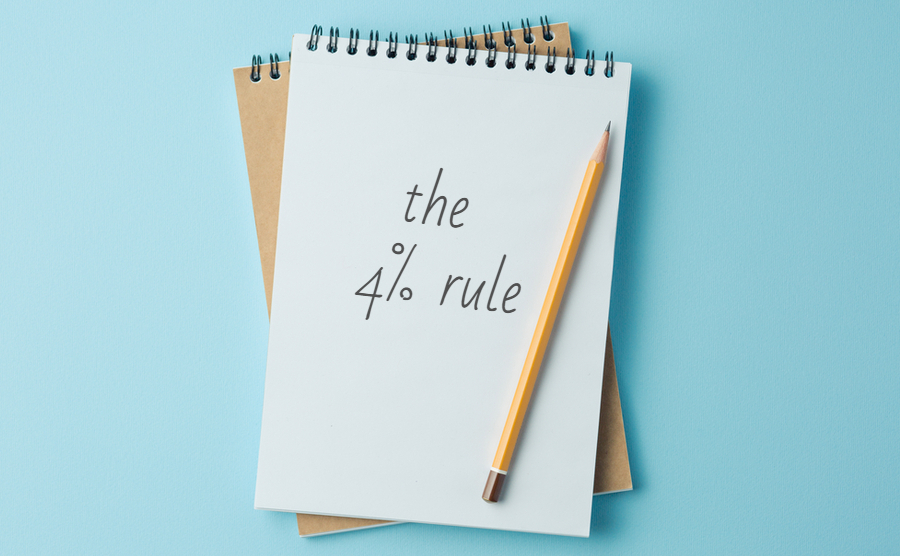If you’re saving for your retirement overseas, how much do you need and how much can you afford to spend each year?
Retiring abroad is the dream for many of us. What better way to make clear to everyone, not least yourself, that this is the start of a new life.
A solvent retirement generally means you can choose where in the world you move and can make proactive decisions to enable an active and enjoyable retirement. However, to make that happen there are several factors to consider and to plan for.
Minimum income requirements
The first is the kind of income you will need abroad. For some countries the first limiting factor will be the visa. For a Spanish retirement visa you will need an income of €27,000 per year, or €33,000 for a couple. Spain’s income requirement is extraordinarily high, and most other countries require much less. Portugal’s D7 visa for example, requires just over €7,000.
Bear in mind also, that if you were intending doing a bit of work to supplement your pension, that may not be legal in some countries under a ‘non-lucrative’, i.e. retirement visa.
Once the legal issues are discounted, or if you have an EU passport anyway, the next question is how much you will need to spend. A generally agreed ratio is to allow for 50 to 80% expenditure of your pre-retirement income. If you are used to spending all of a £50,000 net household income each year when working, expect to want to spend £25,000 to £40,000 abroad, to maintain the same lifestyle.
This will vary by the person – if you intend spending your retirement cruising the world you’ll need more than if you intend spending it pottering around the garden. On the other hand, if you’re paying off your mortgage on your retirement and won’t need to commute at vast expense, you might save more.

We start paying into our retirement pot early on in life
Start with the end
Calculate how much you will want to spend. The simplest way is just to write down your expenditure this week and month – be honest! – and then work out what you might add or take away when in retirement. Then adjust that to the area where you want to live abroad. There are numerous expat cost of living calculators, but we recommend Your Overseas Home’s index.
While some retirees overcalculate housing costs, since they will normally be moving to somewhere smaller, warmer and easier to maintain, many under-estimate healthcare costs. You may have to pay more for healthcare abroad, even with the UK government continuing to cover expat’s healthcare costs in the EU, as before Brexit, via an S1 form.
You will have more leisure time in retirement, which might need financing. However, there are perhaps more options to fill your leisure time with free activities too, whether that is swimming on the Costa Blanca or on voluntary work.
It’s your retirement after all, so only you know how much you need.
What you can afford to spend abroad
For those with a fixed income, such as a state or fixed pension, this will be easy to calculate – at least in terms of the currency the income is paid out in, we will talk about exchange rate issues shortly. Just spend less than your income.
However, suppose you are living on the proceeds of your assets? Whether it be from the invested proceeds from the sale of the family home, or from a pension pot, what sort in income is it safe to draw down each year without running out of money for your retirement?
The more you spend early-on could put your future at risk, but why spend too little either? One risk is to under-estimate how long your retirement will last. It’s a nice problem to have, but outliving your savings will still be uncomfortable.
The basic actuarial facts are that if you can survive ‘sniper’s alley’ as the 50-something years are known by doctors, you could easily live to be 90. Indeed, those who live to be 65 in good health have a 50% chance of getting to 85 and a 25% chance of getting to 92. For a couple, both aged 65, there is a good chance that one of you will live to your late 90s.

The 4% rule
Retirees should, therefore, be looking at making their income last 30 years. Moving abroad you are probably already making the best first step.
Those who wish to leave wealth to their children will need to live solely on the interest on their wealth.
Enter the 4% rule. This was created by Bill Bengen, a financial advisor, in 1994. He published a paper ‘Determining Withdrawal Rates Using Historic Data’, which was based on market returns data over a 50-year period from 1926-76. He also took into consideration market crashes which occurred in the 1930s and 1970s.
His results found that a withdrawal rate of 4% ensured most portfolios would last 50 years or more. It’s worth noting that those that didn’t (albeit, very few) still lasted about 35 years or longer.
The idea behind the 4% rule is to keep a steady stream of income for retirees, while maintaining a decent bank balance for your later years. It assumes that you withdraw the same amount from your account every year, adjusted for inflation.
For example, let’s say your retirement fund stands at £500,000 when you retire. You could withdraw £20,000 in the first year of your retirement. Let’s say the cost of living then increases that year by 5%, so, you would grant yourself a 5% raise the following year to total £21,000. You would then continue this for the remaining years of your retirement, making annual withdrawals and rebalancing your portfolio annually.
By following this rule of thumb, you should have a very high probability of not outliving your money throughout a 30-year retirement.
Retirement and currency risk
The kind of people who can afford to retire abroad are often those who have taken care with their money during their working life. It came as a shock to many, therefore, to discover how affected their income abroad is by external events.
The global financial crisis saw the value of sterling against the euro fall from around €1.40-1.50 down to €1.10 or less. A similar thing happened after the Brexit referendum, with a fall from around €1.40 to €1.13 on average, ever since.
Retirees in the eurozone found their UK pensions, investments or other income from the UK suddenly bought them almost a third less in Europe. In the short-term, one way to avoid that is via a forward contract. This means that you agree to transfer your income each month at a fixed exchange rate. The agreement can last up to a year, and ensure that if you are transferring, for example, £5,000 to euros every month at a rate of 1.13, giving you €5,650 to spend, should the exchange rate drop to 1.08, you will still receive €5,650 each month instead of the €5,400 you would receive at the spot rate.





















